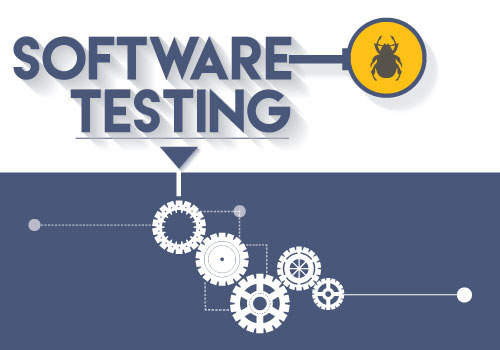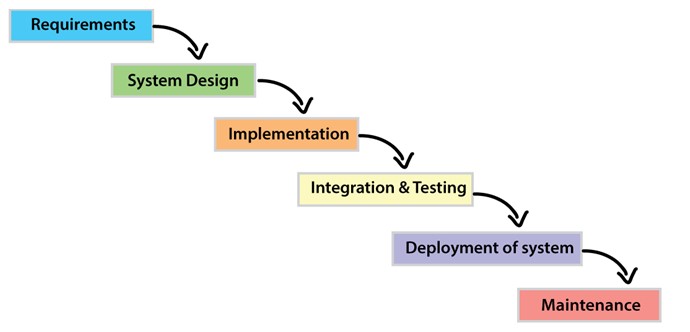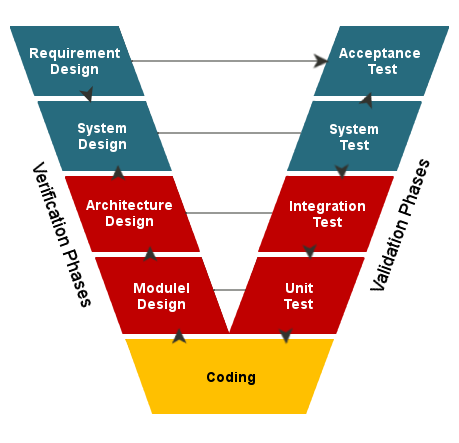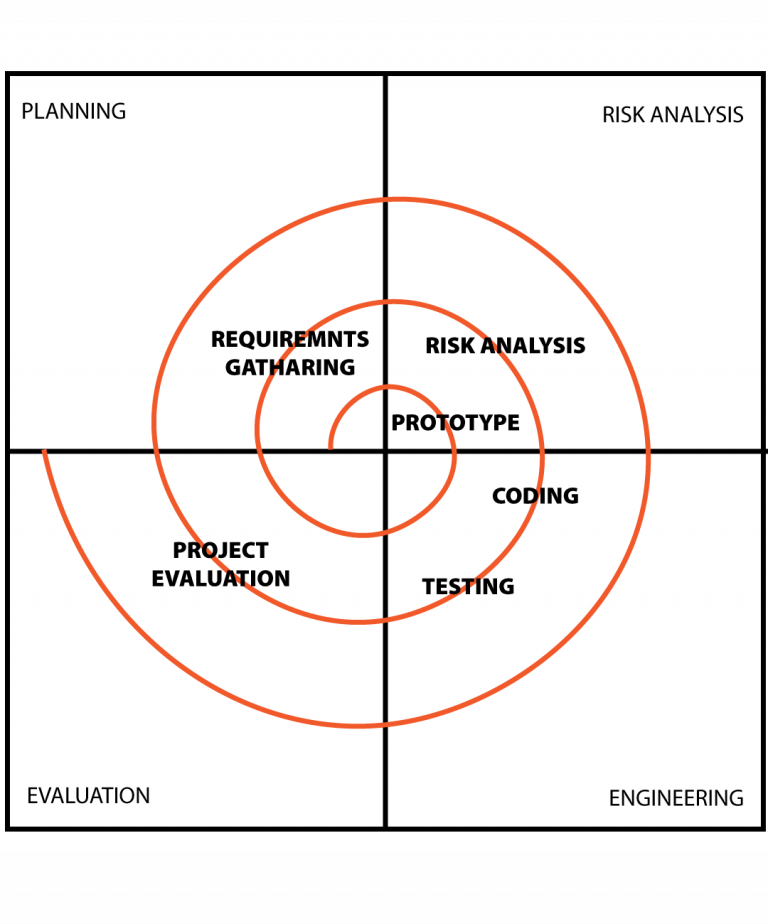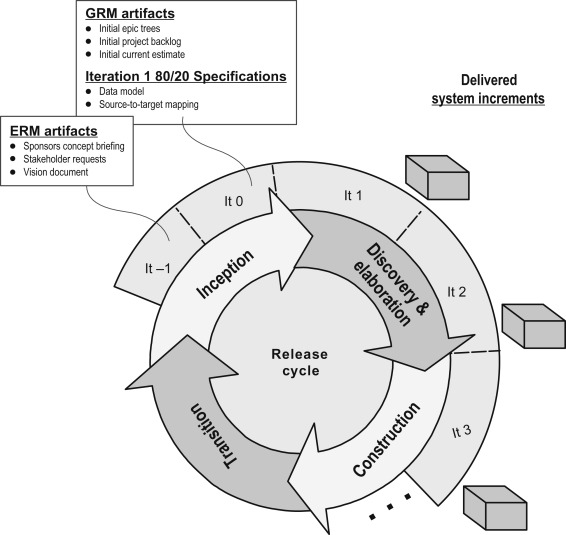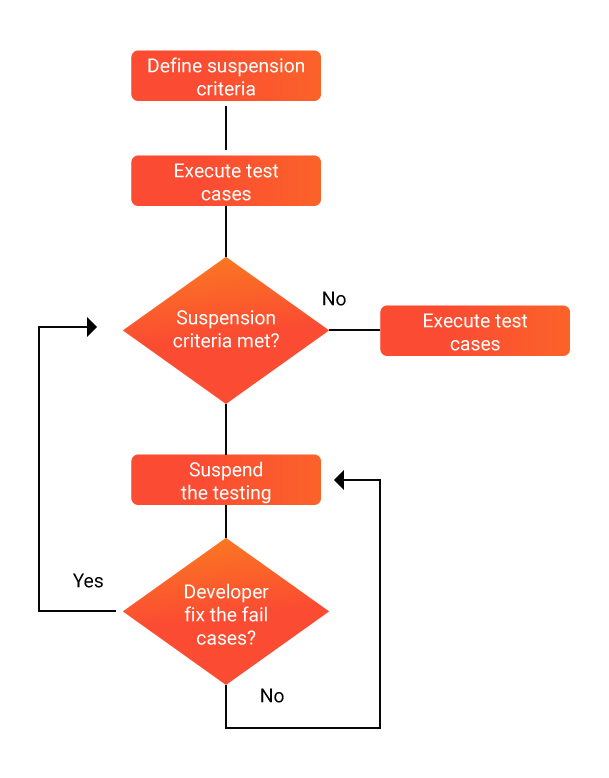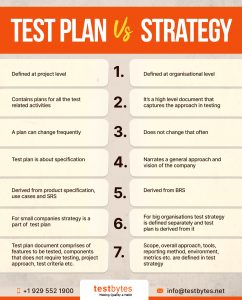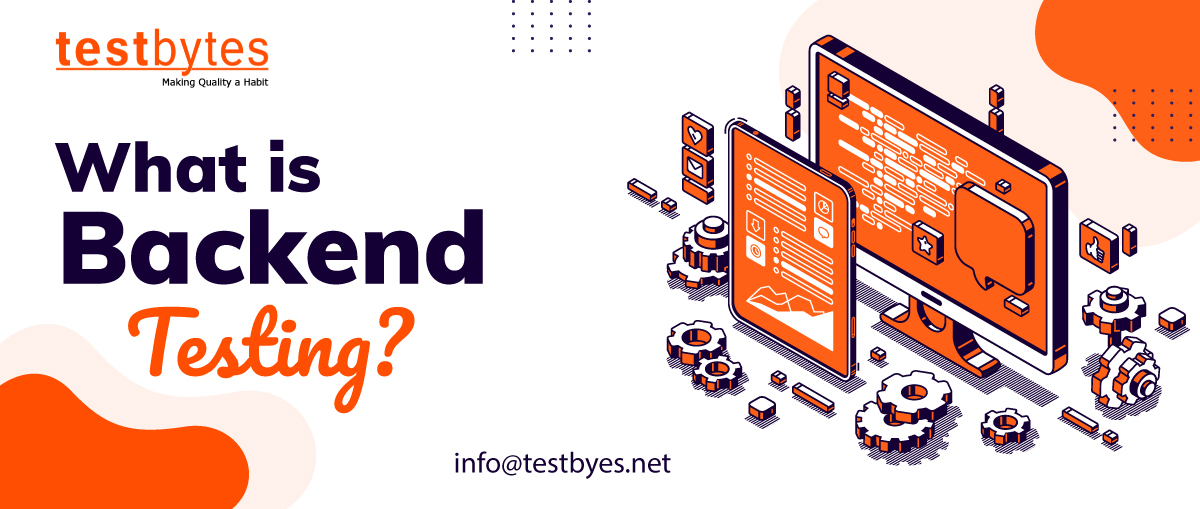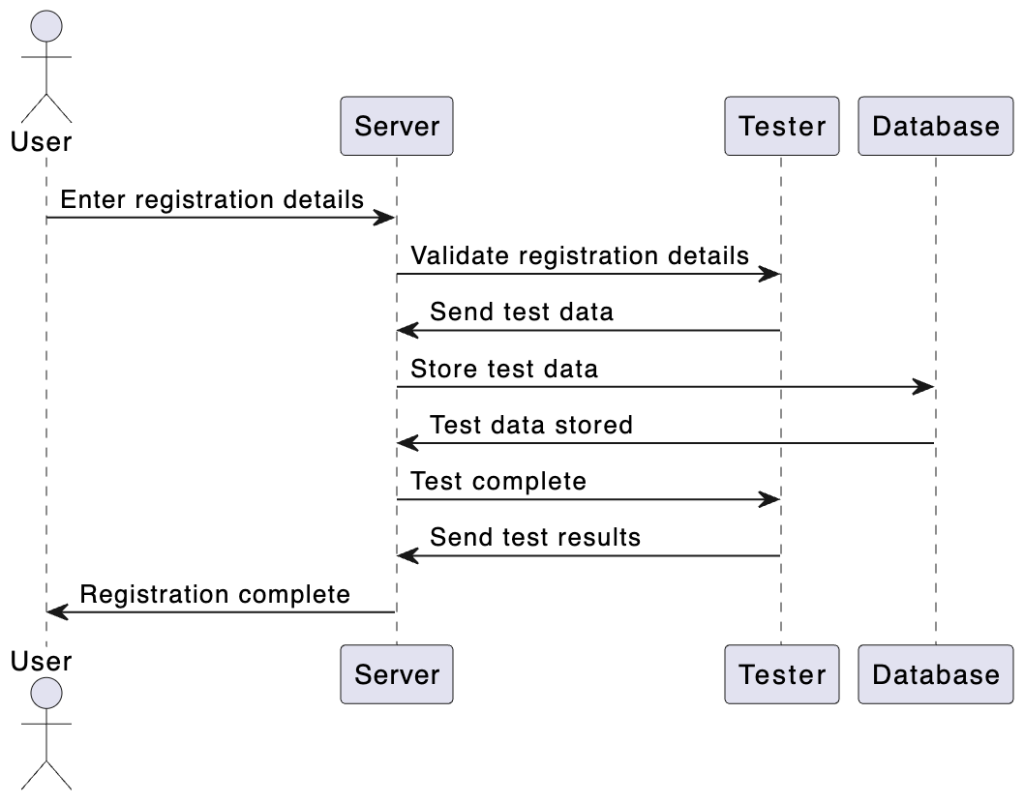Imagine building a magnificent castle, brick by brick, only to discover cracks upon completion. That’s the danger of neglecting software testing, a crucial phase often overshadowed by the glamorous development world. But just like a meticulous architect, the software tester scouts for flaws, ensuring every line of code stands strong. This isn’t just about identifying bugs; it’s about crafting experiences that delight users, boost performance, and secure your digital fortress. So, let’s shed light on the unsung heroes of software development—the testers—and explore their vital role in crafting software that truly shines.
“Testing is an infinite process of comparing the invisible to the ambiguous in order to avoid the unthinkable happening to the anonymous.” –James Bach
Read Also: An Overview on Types of Software Testing
The Role of Software Testing in the Software Development Process
Software testing is a bedrock in the software development life cycle process; it plays a crucial role in ensuring that an end product has no bugs and remains of high quality. This is a complete process that aims not just to find and fix defects but also involves considering the software’s usability from an end-user’s viewpoint.
Bug Prevention and Quality Enhancement
Software testing is essentially a mechanism for averting the consequences of overlooked functionalities. Finding out missing features or coding mistakes while also saving efforts of starting the difficult task again from the first requirement analysis. This preventive measure is crucial in preventing potential disasters that may have arisen due to gathering the wrong requirements or errors in coding styles, saving time and resources.
Usability Evaluation
Software testing is more than just finding bugs; it carefully tests how easy usability would be from a user’s point of view. This means that the final product should be what users expect, with comfort and simplicity of interaction being highlighted. By considering these usability aspects during testing, developers can achieve the best match between software and user needs and preferences.
Verification of Software
Verification and validation are a significant part of software testing as they involve scrutinizing every aspect documented in the Software Requirements Specifications (SRS) document. This strict analysis also includes the performance of software in unforeseen situations, such as incorrect input data or changes to environmental conditions. Through these scenarios, testing gives confidence that the system is capable of managing such variations well enough to correct an error before it occurs.
Accelerating Development
Software testing plays an important role as an accelerant of development. Testers identify bugs and describe scenarios that lead to bug reproduction, providing developers with insights for efficient problem resolution. Parallel work by testers and developers makes it possible to develop depth in the manner in which design is understood from an implementing point of view. This also speeds up the development process because the chances of bugs are reduced.
Software Testing Goals
As a dynamic and integral part of the Software Development Life Cycle (SDLC), software testing works according to a multi-dimensional strategy that has purposes that can be divided into immediate goals, long-term goals, and post-implementation goals. This holistic approach intends to guarantee software quality, user satisfaction, and efficient risk management at all stages of development.
Immediate Goals
1. Bug Discovery
This is the immediate objective of software testing, which lies at its core. It aims to reveal and rectify mistakes in any phase of the software development process. The higher success in software testing is strongly related to the early detection of a number of problems, where developers could fix all flaws relatively quickly. This first phase establishes the basis for a solid and dependable software product.
2. Bug Prevention
Bug prevention is the immediate action based on bug discovery. This is not merely about correction; it signifies a learning process within the software development team. Analysis and insights from identified issues contribute to common knowledge, thus preventing identical bugs in subsequent phases or future projects. Bug prevention transforms into a preventive activity, lowering the probability of bug recurrence.
Long-Term Goals
1. Quality Enhancement
Quality is one of the main long-term goals of the software product. It includes the correctness, completeness, integrity, efficiency and consistency of the software product. The process of testing becomes instrumental in ensuring a superior-quality product. Each feature related to quality needs detailed processing. Software testing plays a crucial role in reaching these standards. This results in a completely functional software product that can even surpass user expectations.
2. Customer Satisfaction
Customer satisfaction is the ultimate measure of success from the user’s point of view. Thorough and detailed testing becomes essential to ensuring that a software product is not only satisfactory but also exceeds customers’ expectations. User needs must be perfectly fitted into the user experience, user interface, and overall functionality. Therefore, software testing is a vital component of constructing and sustaining favorable user connections.
3. Reliability
Reliability is about building confidence among users that the software will not fail. This continuous goal is to win the trust of customers by providing quality products all along. Reliability is not only about whether something works; it includes the predictable and stable nature of the software in many diverse usage situations. A stable software product contributes to long-lasting user relationships.
4. Risk Management
Recognizing the uncertainty associated with organizational events, risk management becomes an essential aspect of avoiding potential losses and negative consequences. Successful testing helps reduce the odds of product failure and improves risk management across various situations. A proactive method of identifying and mitigating possible risks throughout testing increases the overall resilience of the software product.
Post-Implemented Goals
1. Reduce Maintenance Cost
Tracking errors after release is more difficult and costly. An appropriate and comprehensive testing process becomes crucial to minimize the chances of post-release failures. The testing process also has serious financial problems after release; therefore, the tests must be performed literally from scratch, and everything should work correctly.
2. Improved Software Testing Process
Post-implementation goals specify the polishing of testing processes for subsequent projects. Bug history and post-implementation results can be assessed to identify any shortcomings in the current testing procedure. This allows for more comprehensive testing of future software initiatives. Lessons that are learned from previous projects become priceless in designing a standby testing approach that is not only profitable but also flexible enough to adapt to resulting changes within the software development horizon.
Software testing has several strategic goals that go beyond just detecting bugs and are instead oriented toward long-term quality improvement. A holistic testing approach not only prevents you from falling into immediate pre-assignment of money but also contributes to the improvement of software development practices, which eventually leads to the delivery of high-quality, reliable, and people-oriented products.
Seven Principles of Software Testing
In the complex world of software testing, there are seven guiding principles. These principles take us into the subtleties of testing, reaffirming our appreciation for context-dependency, highlighting the value of early testing, and reinforcing that there is no process to guarantee perfection, but rather it signals defect. Let us discover these principles and understand their importance in the world of software development.
1. Context-Dependency
It should be noted that testing is not one size fits all; it is deeply contextual. Testing activities are very context-specific and depend largely on the nature of the software under consideration. For instance, when reviewing an e-commerce website’s database reporting, testers use various strategies to explore it. No two software products are identical, and this calls for a bespoke testing strategy that reflects the special features of each product.
2. Early Testing
Understanding testing as a lifelong endeavor rather than a separate stage, early testing becomes one of the key principles in agile development. This approach entails testing requirements before the coding phase so that testers can identify problems early and save time as well as money. By testing early in the software’s life cycle, potential errors are reduced, facilitating a more efficient and cost-effective approach to programming.
3. Defect Presence
Testing acts as the mechanism that emphasizes that defects are present rather than proves their complete absence. Testing unquestionably brings the defect down considerably, but it does not proclaim a faultless, error-free system. Instead, it creates confidence in the viability of software, ensuring users that it has been properly reviewed and therefore deployed into production with higher levels of assurance.
4. Exhaustive Testing:
It also recognizes the fact that exhaustive testing is impossible due to time and financial constraints. The ideal scenario is testing as many applications as possible, but practical considerations call for making priorities. To address this limitation, skillful risk assessment and test planning become essential to ensuring a pragmatic as well as effective testing approach amid resource constraints.
5. Defect Clustering:
Defect clustering is an occurrence in many complex systems. By using the Pareto principle, the 80-20 rule, testers can concentrate on the critical 20% of codes leading to an advantage of nearly 80% inconsistencies. This is especially the case in big systems or those relying on components from a third party. Defect clusters will be identified and improved upon when advancing systems with new functions.
6. Fallacy of Absence of Error:
Contrary to the stereotypical misconception of the total absence of errors, this principle focuses on the fact that there is value in designing systems with nothing going wrong only if they meet users’ needs. The point is to understand and test software in a way that meets users’ expectations. The collaborative testing with end-users ensures that the software’s usability is what they need.
7. Pesticide Paradox:
Using a comparison from the realm of plants and insecticides, the so-called pesticide paradox indicates that their tests become less productive repeatedly. On the one hand, like pests developing immunity, testers need to diversify testing practices to reveal new problems and errors. Continuous diversity in the methods of testing avoids stagnancy and ensures that the changing complexities of software are appropriately identified.
These seven principles underlie a strong software testing philosophy that recognizes the unpredictability and changing nature of developing an application. Embracing these principles lends testing practices the transformation to a strategic and adaptive framework that supports providing resilient, user-centric, high-quality software products.
Conclusion
To conclude, software testing has a multifaceted role that goes beyond just error detection; it becomes strategic in the strengthening of the developmental process. Testing becomes the foundation for delivering reliable, user-oriented software products through bug prevention, usability evaluation, software verification, and collaboration facilitation. The dynamic nature of software development makes it not just a necessity but also an essential driver for achieving success, a reality that can be achieved only by embracing a meticulous and proactive testing approach.
Recommended Read: Popular Software Testing Misconceptions
In today’s competitive world, it is essential for every business to do exceptionally well to be successful. In such cases, software testing can be of great help. Indirectly, testing increases the standard of the organization.
Frequently Asked Questions
Below are a few frequently asked questions related to the role of software testing in software development.
-
Why is software testing considered necessary in the process of building a software product?
Software testing is an essential process for identifying and correcting bugs so that the final product’s quality will be high. It is critical in preventing the need to begin development all over again and helps understand how usable software can be for end users.
-
How does software testing fasten the development process?
Software testing enables early identification of bugs, which allows developers to understand and eliminate problems quickly. Developers work together with testers, which simplifies the process of development since there is a significantly lower chance of finding bugs and both teams can act simultaneously.
-
Does software testing have any effect on the quality and usability of a final product?
Software testing improves the final product’s performance because it validates and verifies all details documented within the SRS document. It also assesses usability from an end–user point of view to make sure that the software meets users’ expectations.
